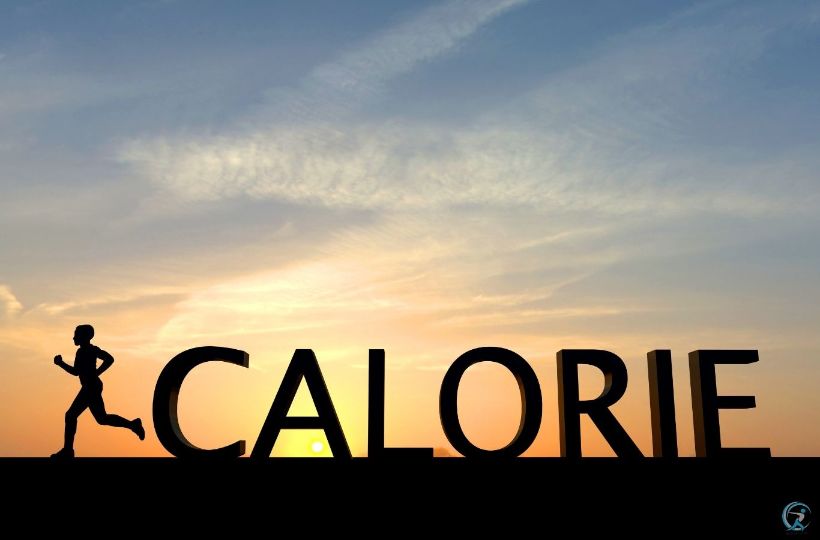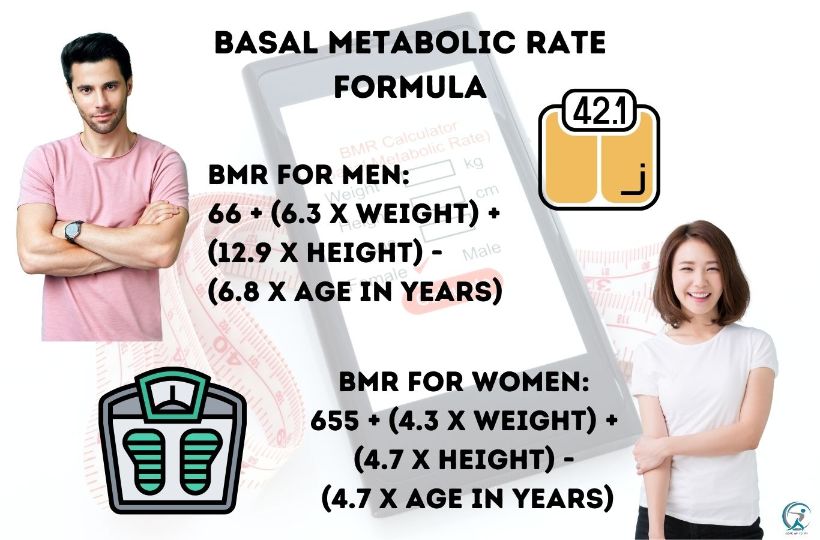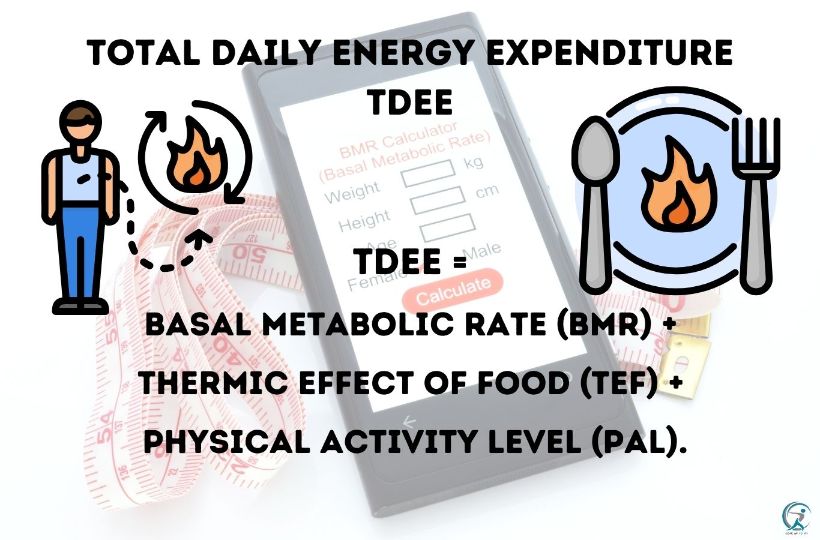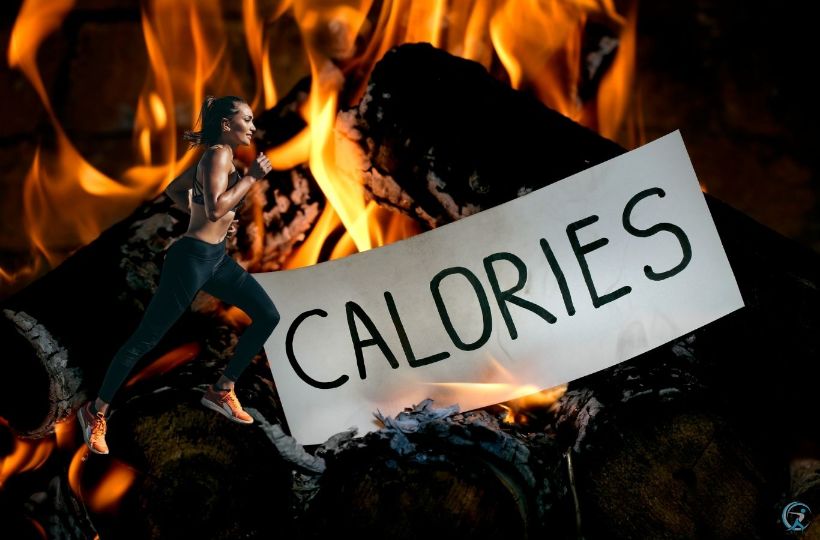When it comes to burning calories, running is often thought of as one of the best exercises around. But how many calories does running burn, exactly?
The answer might surprise you! In this blog post, we will take a look at the science behind calorie burning and running. We will also discuss how many calories different types of runners can expect to burn. So whether you are a beginner or a seasoned runner, read on for all the information you need to know about how many calories running burns!
How many calories does running burn?

When you are running, your body is working hard. Your heart rate increases and you are breathing faster and deeper than when you are at rest. All of this helps to deliver more oxygen to your muscles, which helps them to work harder and longer. In addition, a running workout also causes an increase in your metabolism, meaning that your body will continue to burn calories even after you stop running! So how many calories does all of this mean that you can expect to burn while running?
The number of calories that you burn while running depends on a few different factors, such as your weight, the intensity of your run, and the length of time that you are running for. A general rule of thumb is that you can expect to burn about 100 calories per mile that you run. So, if you are a beginner and running for 30 minutes, you can expect to burn about 300 calories total. However, if you are a more experienced runner and running for the same amount of time at a higher intensity, you could burn closer to 400 calories.
What factors to consider?
To give you a more accurate number, there are a few factors you’ll need to consider. First, let’s look at weight. The heavier you are, the more calories you’ll burn per mile. That’s because it takes more energy to move a larger body than it does a smaller one.
Next, let’s look at pace. If you’re running slowly, you won’t be burning as many calories as someone who’s running fast. And finally, let’s look at the terrain. If you’re running on flat ground, you’ll burn fewer calories than if you’re running uphill.
Now that we’ve looked at the factors that affect calorie burn, let’s use them to calculate how many calories you’ll burn by running. To do this, we’ll need to know your weight and pace.
If you weigh 150 pounds and run a mile in 12 minutes, you’ll burn about 100 calories. If you weigh 200 pounds and run a mile in 12 minutes, you’ll burn about 150 calories. And if you weigh 250 pounds and run a mile in 12 minutes, you’ll burn about 200 calories.
Of course, the best way to know exactly how many calories you are burning while running is to use a heart rate monitor or other fitness trackers. This will give you the most accurate information based on your individual weight, height, age, gender, and running intensity. But even without these devices, you can still get a good idea of how many calories you are burning by using the general rule of thumb of 100 calories per mile. So get out there and start running, knowing that you are burning calories and helping your body in the process! How many calories will you burn on your next run?
How to calculate the number of calories you’ll burn by running

When you run, your body uses energy to move. That energy comes from calories consumed in food. The more you run, the more calories you burn.
Since everyone is different and everyone runs at a different pace, a simple way to calculate the number of calories you will burn by running is to use the following calculator.
For the quick and dirty version, you can use the following equation:
Running Calories Burned = Your Weight (in pounds) x 0.75 x Miles Run (or 0.53 x Kilometers Run)
For example, if you weigh 160 pounds and ran three miles (or 4.8 kilometers), you would burn about 360 calories (160 x 0.75 x 3 = 360).
To figure out how many calories you’ll need to burn each week in order to shed pounds, take your desired weight loss rate (in pounds) and multiply it by the number of calories burned per day. If you want to lose 1 pound each week, for example, you’ll have to cut 500 calories from your diet and exercise program every day in order to make up for 3500 extra calories burned per week (500 x 7 days = 3500).
Factors that affect the number of calories you’ll burn by running
You may have heard that you need to burn 3,500 calories to lose a pound. That’s the number of calories in an extra pound of fat tissue. To lose a pound, you need to burn more calories than you eat. This is just a guide. Your actual numbers will depend on your gender, weight, activity level, and other factors.
The number of calories you burn through physical activity depends on your weight and the intensity and duration of your activity. Generally, the more intensely you exercise, the more calories you’ll burn per minute. And the heavier you are, the more calories you’ll burn per minute of exercise as well.
The formula for calculating calorie burn depends on these factors:
- Your basal metabolic rate (BMR)
- The amount of physical activity you get
Your BMR is the amount of energy your body burns at rest. You can calculate it using this formula:

- MEN: 66 + (6.3 x weight in pounds) + (12.9 x height in inches) – (6.8 x age in years)
- WOMEN: 655 + (4.3 x weight in pounds) + (4.7 x height in inches) – (4.7 x age in years)
These numbers are only an estimate of how many calories you’ll need based on your gender and size alone. They don’t take into account how much physical activity you get or how much muscle you have.
Use the Basal Metabolic Rate calculation tool to estimate your BMR:
Whether you’re trying to lose weight, gain weight, or maintain your current weight, understanding your total daily energy expenditure (TDEE) is crucial. Your TDEE includes the calories you need to fuel your body’s day-to-day functions and your physical activity.
TDEE = Basal Metabolic Rate (BMR) + Thermic Effect of Food (TEF) + Physical Activity Level (PAL).

Use the Total Daily Energy Expenditure calculation tool to estimate your TDEE:
How long it take for a person to lose 1 pound through exercise
A reasonable target is to lose 1 pound each week through exercise. To achieve this weight reduction, you must create a daily deficit of 500 calories by consuming less and exercising more. Combining reducing your calorie consumption with additional activity burning extra calories is the most effective approach to produce this deficit.
To lose 1 pound per week, you need to reach a total calorie deficit of about 3500 calories per week or 500 calories per day. To lose 2 pounds per week, you need to double that number. If you cut 500 calories from your diet each day, you’d lose about 1 pound a week (500 calories x 7 days = 3500 calories).
If you want to lose 1 pound per week and you get 2200 calories a day normally, eat 1700 calories a day. You can do this by keeping track of your calorie intake using an online food diary or phone app. This will help reduce the amount of time it takes you to lose that excess weight by speeding up your metabolism and reducing fat storage.
You can burn 500 extra calories per day through exercise – by walking 4 miles in an hour or running 3 miles in 36 minutes – which would result in 1 pound of fat loss per week.
You can also mix and match diet and exercise to lose weight. For example, you could cut 250 calories from your diet each day and burn 250 calories through exercise to lose a half-pound per week. Or, you could cut 500 calories from your diet and burn 500 calories through exercise to lose a full pound per week.
Bottom Line
Calculating the number of calories you’ll burn by running is a good way to get an estimate for how many pounds you can lose per week. The best way to get started with this plan is to calculate how much energy your body needs on a day-to-day basis and then determine what activities will help give you that boost without too much strain on your time or budget.
As a veteran fitness technology innovator and the founder of GearUpToFit.com, Alex Papaioannou stands at the intersection of health science and artificial intelligence. With over a decade of specialized experience in digital wellness solutions, he’s transforming how people approach their fitness journey through data-driven methodologies.
